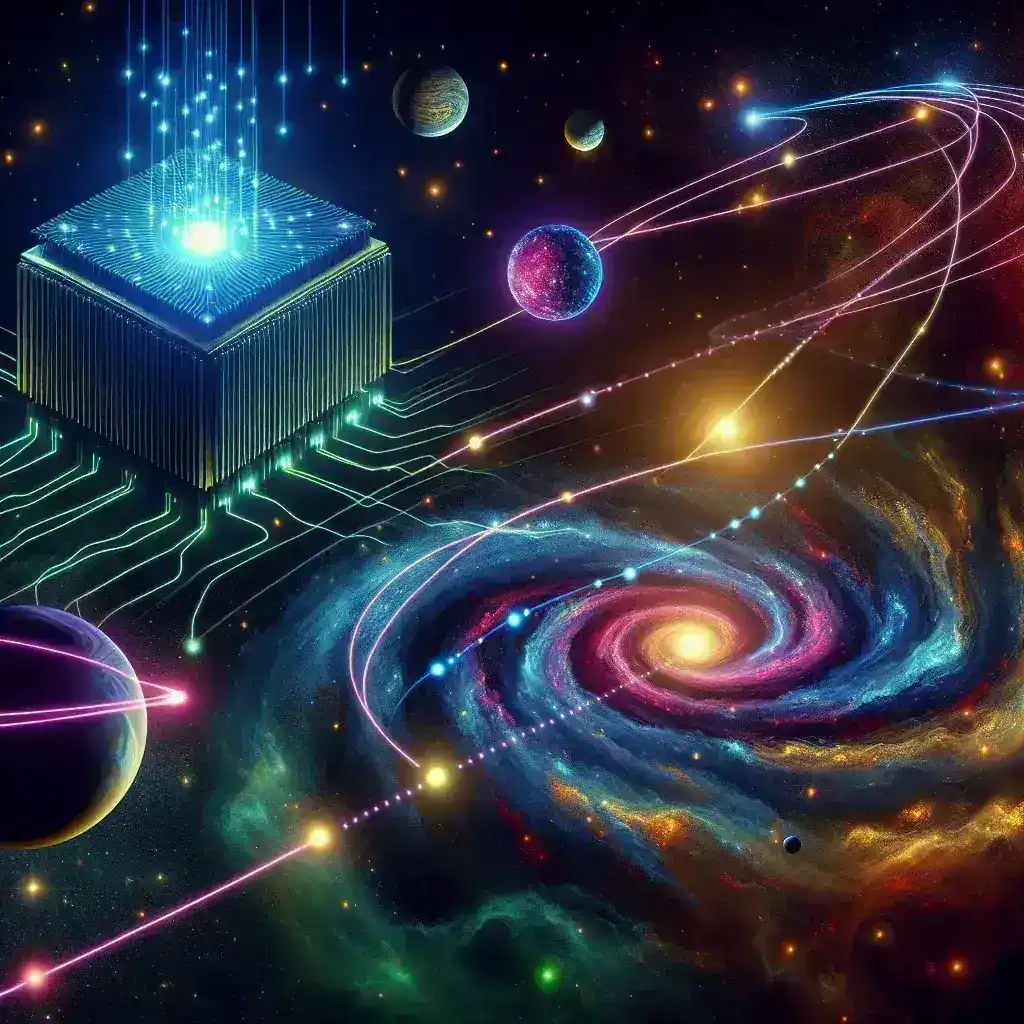Introduction
The universe is vast, filled with countless celestial bodies, some of which defy our understanding of planetary systems. Among these are rogue planets—planets that do not orbit a star and drift through interstellar space. Recent advancements in technology, particularly in artificial intelligence (AI), have opened new doors for predicting the movements and behaviors of these enigmatic wanderers. This article delves into how AI algorithms are shaping our comprehension of rogue planets, their significance, and the implications for future astronomical studies.
Understanding Rogue Planets
What are Rogue Planets?
Rogue planets are intriguing celestial objects. Unlike traditional planets that orbit stars, rogue planets possess no stable gravitational anchor, leading them to travel freely through space. Estimates suggest that there could be billions of rogue planets in our galaxy alone, raising questions about their origins, composition, and potential to support life.
The Historical Context
The concept of rogue planets was first proposed in the early 1990s when astronomers began to realize that not all planets are bound to stars. Over the years, various theories have emerged regarding their formation, including ejection from their parent solar systems or formation in isolation. The quest to understand rogue planets has been a long-standing challenge for astronomers, making the advent of AI a game-changer.
The Role of AI in Predicting Movement
How AI Algorithms Work
AI algorithms, particularly those based on machine learning, analyze vast datasets to identify patterns and make predictions. In the context of rogue planets, these algorithms can process data collected from telescopes and space missions, examining various parameters such as speed, trajectory, and gravitational influences. By employing neural networks and other advanced modeling techniques, AI can predict the potential paths rogue planets may take through interstellar space.
Data Collection and Analysis
The foundation of AI predictions lies in the data collected from various astronomical surveys and missions. The European Space Agency’s Gaia mission, for example, has been pivotal in gathering high-precision measurements of star positions and movements, providing invaluable data for AI algorithms to analyze.
- Data Types: Light curves, spectral data, and positional information are critical for training AI models.
- Analysis Techniques: Algorithms utilize supervised learning, unsupervised learning, and reinforcement learning to refine their predictions.
Implications of Predicting Rogue Planet Movement
Understanding Galactic Dynamics
Predicting the movement of rogue planets enhances our understanding of galactic dynamics. By tracking these planets, astronomers can gain insights into the forces that shape their trajectories, which may have implications for the formation and evolution of galaxies.
Potential for Discovering New Worlds
As AI algorithms improve their predictive capabilities, the potential for discovering new rogue planets increases significantly. These findings can inform future missions aimed at exploring these distant worlds, potentially expanding our knowledge of planetary systems beyond our own.
Assessing Habitability
While rogue planets are not orbiting stars, the question of habitability remains. AI’s predictive models can evaluate the potential for these planets to support life based on their composition and environmental conditions, leading to a deeper understanding of where life might exist in the universe.
Future Predictions and Developments
Advancements in AI Technology
As AI technology continues to advance, we can expect more sophisticated algorithms capable of enhanced predictive accuracy. Future developments may include:
- Improved machine learning techniques that require less data to make accurate predictions.
- Integration of AI with other technologies, such as quantum computing, to process large datasets more efficiently.
Collaborative Efforts in Astronomy
The collaboration between AI experts and astronomers will become increasingly important. By leveraging AI’s capabilities, astronomers can focus on interpretation, allowing for deeper insights into the nature of rogue planets and their movements.
Challenges and Limitations
The Data Challenge
One of the significant challenges in using AI for predicting rogue planet movements lies in the quality and quantity of data. Incomplete datasets can lead to inaccurate predictions, making it crucial for astronomers to continuously gather high-quality observational data.
Ethical Considerations
As with any AI application, ethical considerations must be addressed. The potential for data misuse or misinterpretation highlights the need for rigorous oversight and an ethical framework guiding AI research in astronomy.
Conclusion
AI algorithms are revolutionizing our understanding of rogue planets in interstellar space, providing tools to predict their movements and unravel their mysteries. As technology continues to advance, the collaboration between AI and astronomy will pave the way for groundbreaking discoveries, enhancing our knowledge of the universe and potentially redefining our understanding of planetary formation and habitability. The cosmos holds many secrets, and AI is proving to be an invaluable ally in unlocking them.

